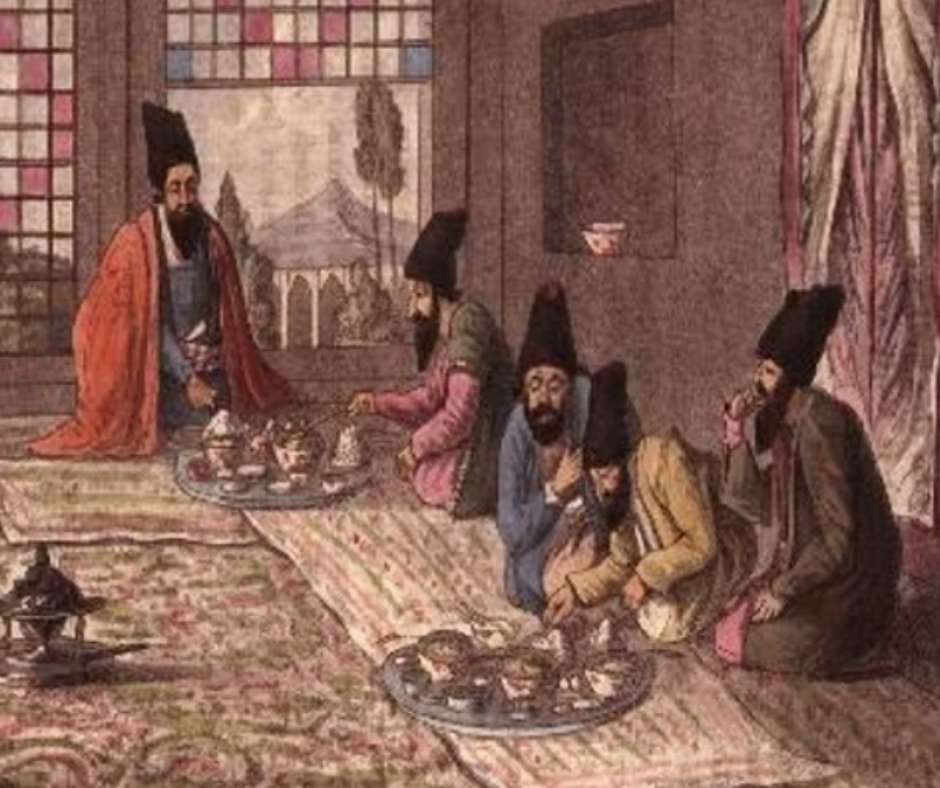What was King Matthias’ go-to flavour? A brief history of ice cream in Hungary – PHOTOS

Celebrating one of the most significant days of the year, the International Ice Cream Day on 17 July, we thought to compile a brief history of ice cream in Hungary. Read on to find out how King Matthias Corvinus would cool himself down on a scorching summer day and many other fascinating tidbits related to this beloved frosty treat.
Sweet beginnings
Many believe that ice cream is an Italian invention, but we have to break the sad news to our Italian readers that everyone’s favorite icy dessert was, in fact, already consumed in China sometime between 618-97 AD. The first creations were made of flour, buffalo milk, camphor and crushed ice. It has also been noted that Alexander the Great enjoyed his snow and ice scoops with nectar and honey while, during the Roman Empire, Cesar would send runners into the mountains for snow, which was then seasoned with fruits and juices. As we can see, ice cream has been widely adorned since antiquity. However, some centuries later, in England, the frosty treat was linked to something way less pleasant. During the cholera outbreak, authorities would warn the public not to buy ice cream from street vendors who would sell it in poorly washed glasses and, thus, contribute to the spread of the epidemic. The cheap street food only cost just a couple of pennies but people had to pay a much higher price once all the sweetness melted away.
Enjoyed by kings and queens
But how did the frozen dessert finally arrive in Hungary? According to Nosalty, we can thank our favourite Hungarian king, a frequent character in many traditional folk fables, King Matthias Corvinus. When it was time to tie the knot and produce an heir, the king requested a bride from the faraway land of Italy. He apparently made the right choice, as along with Beatrix, daughter of Ferdinand I of Naples, came the first ice cream recipe as well. Beatrix brought her entire royal household, including chefs and confectioners who were trained by no other than the father of gelato, Francesco Procopio. The Sicilian ice cream manufacturer lived in Paris and his specialty was lemonade from which the first lemon sorbet was an easy transition. It was such a huge hit all over Europe. However, since lemon trees were not native to Hungary, King Matthias was most probably munching on some refreshing strawberry or peach sorbet in his courtyard in the summertime.
Read more: Ice cream recipes inspired by classic Hungarian desserts!
Turkish influence
The rare and exotic dessert was mostly enjoyed by the elite before the 16th century, but this was about to change. Ice cream gained popularity among common people too during the Turkish occupation. Turkish mobile vendors would roam the villages and towns selling their own special sorbet, mostly topped with honey. Even though the public loved the new, refreshing treat, it took some centuries for them to forget the atrocities of the past and start making their own ice cream. The first references appeared in 18th-century Szekler cookbooks which mainly mentioned strawberry and pistachio flavours.

Hungarian noblemen with a sweet tooth
Based on Divany‘s information, the first ice cream parlour in Hungary opened its doors in downtown Budapest in 1840. The owner, Péter Fischer served such illustrious clients as István Széchenyi, one of the greatest statesmen in the nation’s history and Lajos Kossuth, a political reformer and key figure of the 1848 revolution. Ferenc Deák, the sage of the country, could not resist either some sugary relief on hot summer days. It is said that his most preferred flavour was pomegranate and he regularly passed by the ice cream shop to treat himself to a scoop. In the 19th century, many followed his example, and sitting on a shaded terrace over a delicious bowl of ice cream soon became the favourite pastime activity of the Hungarian aristocracy. Ice cream shops also served as excellent dating spots since the icy delicacy was still considered a luxury good back in the day. Hence, if a gentleman took his lady out for a scoop, it showed that he had serious intentions.
The history of the cone
At the end of the history lesson, let’s not forget an important element: the cone! According to Telex, it is unclear when the first cone appeared in Hungary, but we do know that a 1902 copy of the Hungarian Trade journal informed its readers that mobile vendors who sold ice creams and cones were not considered hucksters. The mass production of cones began in the ‘20s and by the end of WW2, it gained such importance that they even announced a nationwide cone shortage at the end of the ‘60s even though manufacturing plants were operating 24/7, even on Sundays, to produce enough cones in the midst of the ice cream frenzy. Following the regime change, the cone still remained a high-in-demand product; so much so that the FC Bihor football team sold three of their players for 696 kg of cones and wafers, 1778 kg of ice cream powder and other consumption goods instead of hard cash.
Now, serve yourself the largest portion from the ice cream box and dig in all the deliciousness while looking at some cool, old photographs from the past decades. Happy International Ice Cream Day folks!
Read more: Irresistible! The most special Hungarian ice creams you should try
Source: divany.hu, telex.hu, nosalty.hu, fortepan.hu













